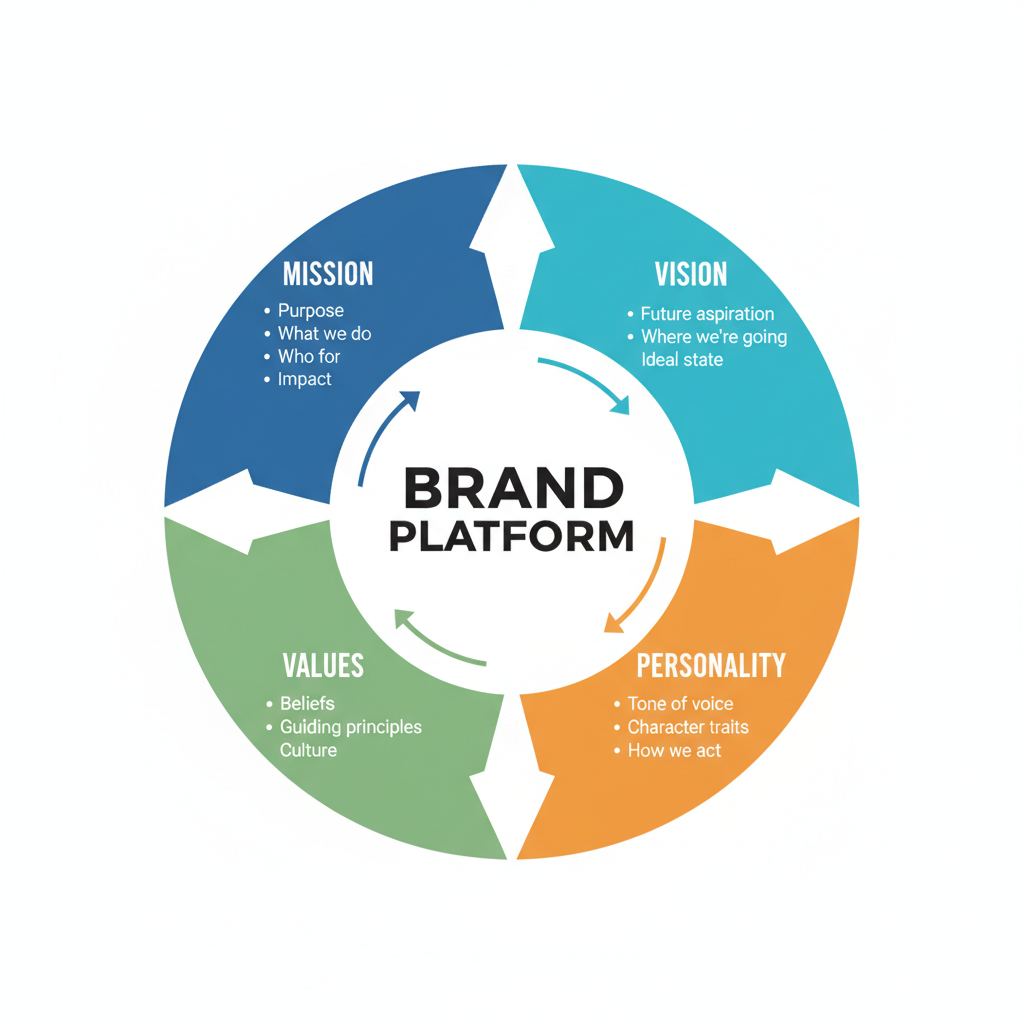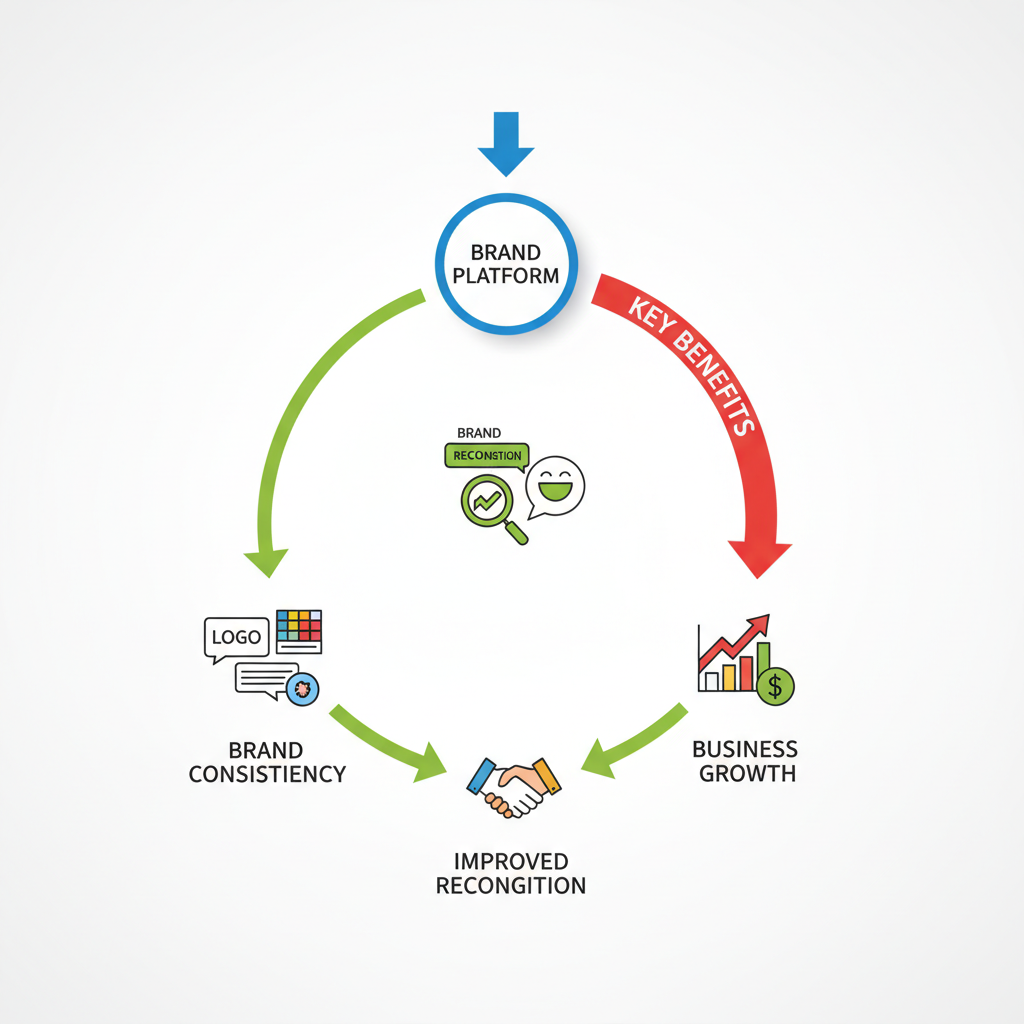Top Brand Platforms to Grow Your Business in 2024
Discover essential elements, top tools, and setup strategies for building a strong brand platform to grow your business effectively in 2024.

Top Brand Platforms to Grow Your Business in 2024
In today’s competitive marketplace, a brand platform is more than just a marketing tool — it’s the strategic foundation for how your business communicates, operates, and evolves. A well-crafted brand platform provides clarity, ensures consistent messaging, and streamlines asset management across global channels. This guide explores what brand platforms are, why they matter, the essential elements that make them effective, top tools available, setup strategies, and future trends in brand asset management.

---
What Is a Brand Platform and Why It Matters
A brand platform is a central framework that defines and organizes your brand’s identity, values, messaging, and digital assets. It acts as a single source of truth for every team member, partner, or vendor who communicates on behalf of your brand.
Without a brand platform, companies often struggle with inconsistent messaging, disorganized assets, and weak differentiation. With one in place, you gain:
- Clarity: All stakeholders understand the brand’s direction.
- Efficiency: Less time is spent finding files or approving designs.
- Consistency: Messaging and visuals remain uniform across all campaigns.
- Trust: Customers see a dependable, professional brand presence.
---
Key Elements of a Strong Brand Platform
To function effectively, a brand platform should incorporate several core elements:
Mission
Your brand’s mission statement articulates your core purpose. It answers why your company exists and sets the tone for your activities.
Vision
The vision statement defines where you aspire to be in the future. It paints a clear picture of desired long-term outcomes.
Values
Core brand values direct behavior internally and externally. They shape decision-making, culture, and customer engagement.
Personality
A defined brand personality humanizes your business. Choose traits like innovative, trustworthy, or approachable and ensure they are reflected consistently across channels.

---
Benefits of Using a Brand Platform
A well-implemented brand platform delivers compelling benefits:
- Message Alignment: Marketing, sales, and customer service share one unified voice.
- Asset Control: Centralized storage prevents outdated logos or taglines from being used.
- Faster Training: Onboarding is easier when new team members have access to clear guidelines.
- Customer Loyalty: Consistent brands are perceived as more reliable.
---
Top Online Tools for Brand Building
Several cloud-based tools can help manage your brand platform effectively:
Canva
Canva offers a user-friendly interface for creating designs that adhere to your brand styles. Teams can store templates and maintain brand colors easily.
Frontify
Frontify provides a comprehensive brand asset management suite — including guidelines, digital asset libraries, and collaboration tools.
Bynder
Bynder specializes in scalable asset management for larger organizations, with advanced permissions and workflow automation.
Brandfolder
Brandfolder simplifies asset sharing with intuitive metadata tagging and reporting features.
---
Hosted vs. Self-Managed Brand Platforms
Choosing between hosted and self-managed solutions depends on budget, security requirements, and scalability.
| Type | Pros | Cons |
|---|---|---|
| Hosted | Quick setup, automatic updates, minimal IT overhead | Monthly fees, potential vendor lock-in |
| Self-Managed | Full customization, control over data and workflows | Higher maintenance, requires technical expertise |
---
Step-by-Step Guide to Setting Up Your Brand Platform
Creating a brand platform doesn't need to be overwhelming. Follow these steps:
- Define Core Identity: Write mission, vision, values, and personality statements.
- Gather Assets: Centralize logos, color palettes, typography guides, and imagery.
- Select a Platform Tool: Choose a hosted service or set up a self-managed repository.
- Create Documentation: Build brand guidelines in a structured format for easy reference.
- Train Your Team: Educate employees on how to use the platform and assets.
- Review Regularly: Schedule quarterly audits to ensure relevance and accuracy.
---
Aligning Content, Visuals, and Messaging
Once your brand platform is established, the next priority is alignment:
- Content Strategy: Map topics to your brand’s mission and values.
- Visual Consistency: Use approved color schemes, fonts, and layouts across all media.
- Message Calibration: Match tone to brand personality in both copy and speech.
- Cross-Channel Coordination: Sync campaigns across websites, social media, print, and events.
---
Examples of Successful Brand Platforms in Action
Slack
Slack's brand guidelines are publicly available, showcasing how accessible language and friendly visuals create a consistent identity.
Airbnb
Airbnb’s brand platform emphasizes its mission to “create a world where anyone can belong,” integrating values into every design choice.
Nike
Nike's dynamic brand platform ensures campaigns seamlessly connect product design, athlete partnerships, and motivational storytelling.
---
Measuring ROI and Brand Consistency Metrics
To evaluate brand platform effectiveness:
- Brand Recognition Surveys: Gauge recall and association in target audiences.
- Consistency Audits: Track asset usage across departments.
- Engagement Analytics: Monitor click-through rates and social shares.
- Conversion Rates: Identify lift in sales from brand-aligned campaigns.
- Asset Utilization Reports: Tools like Brandfolder or Bynder can generate usage statistics.
---
Future Trends in Brand Platforms
Looking ahead, several trends are likely to shape brand platform development:
- AI-Powered Content Recommendations: Systems that analyze performance and suggest new creatives.
- Dynamic Guidelines: Real-time updates based on market feedback.
- Integrations with Emerging Channels: Ensuring presence in AR/VR environments.
- Enhanced Data Security: To protect strategic brand assets from misuse.

---
Summary
A brand platform is an indispensable strategic asset that defines your brand’s identity, aligns messaging, and centralizes resources. By implementing a robust platform — whether hosted or self-managed — businesses can enhance consistency, build trust, and streamline operations. Adopt the right tools, follow setup best practices, and monitor KPIs to ensure long-term success.
Ready to grow your brand in 2024? Start by defining your core identity and choosing a platform that supports your vision for the future.




